In a blink of an eye, 2016 is coming to an end. In the past year, the ascendant smart wearable industry has poured in many exciting new things. As the saying goes, it is better to know the new ones. Before the arrival of the new year, it is best to make an inventory of the past days and absorb some lessons. Below, let Xiaobian take everyone to review the exciting 2016 wearable market.
[The development of the industry this year]According to data released by International Data Analysis Corporation (IDC), the global wearable market grew by 3.1% year-on-year in the third quarter of this year, and total wearables shipments could reach 23 million this quarter. Under the optimistic momentum of the overall market situation, the development between wearable products is slightly different.
The smart watch that used to be the leader has not performed very well this year. Even in the third quarter of 2016, the overall downward trend has occurred. The total shipments have only reached 2.7 million units, which is less than the 5.6 million units in the third quarter of 2015. 51.6%.
The sports bracelet of one of its competitors increased by 3.1%. According to the survey, the market for wearable devices is currently occupied by sports bracelets, with a market share of approximately 85%.
There are also many reasons for this difference. On the one hand, the sports bracelet has introduced newer models, which have expanded the user base, and it is in the summer. People have more travel and activities, and the usage rate has increased. On the other hand, the time for many suppliers of smart watches to release new products has been retreating. For example, Google decided to put aside Android Wear 2.0 on its OEM partners, and Samsung's Gear S3 was launched not long ago. There is also a reason that people's interest in smart watches is gradually weakening, and the appeal of devices with only basic and special functions is increasing.
IDC expects the momentum of basic wearable devices (such as sports bracelets) to continue to rise for the rest of 2016, however, smart wearable devices capable of running third-party applications may continue to struggle in the short term.
[Product Inventory of the Year]At present, the wearable devices on the market can be said to be exquisite and can meet the needs of users. However, as can be seen from the data sheet, for consumers, wearable products are not essential, and their properties may be more like It is an accessory with a buff (gain effect). Therefore, the function is too fancy, and the product with more configuration requirements is not as attractive as the single function simple and practical product. Next, Xiaobian will take stock of some of the wearable products that appeared in 2016. Some may be favored by consumers, and some may be abandoned by the market in a short-lived manner. In order to facilitate the combing, Xiaobian divides the products into two categories: sports health and entertainment life.
First, entertainment life
(1) Oculus Rift/HTC Vive
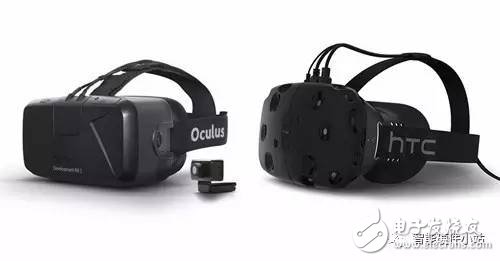
As the two most popular VR products of the year, Oculus and HTC have their own advantages, which provide an unparalleled gaming experience. However, users are more likely to choose the Oculus Rift for their comprehensive use and performance.
The Oculus Rift has two eyepieces, each with a resolution of 640 & TImes; 800. The binocular vision merges with 1280&TImes; 800 resolution, and the gyroscope-controlled viewing angle is a feature of this game product. The immersion of the game has increased dramatically. And the handle design of the Oculus Touch is very ergonomic: a small ring-shaped trigger and handle. Can give players a better sense of the game feel and experience. And it also has the advantage of finger tracking.
In contrast, HTC Vive hardware design is not as complicated as Oculus Rift, but in some functions, such as 360-degree tracking, Vive is more perfect. Of course, as a PC-side product, Oculus Rift and HTC Vive are more expensive than regular mobile VR devices such as Gear VR and Google Daydream.
(2) Microsoft Hololens
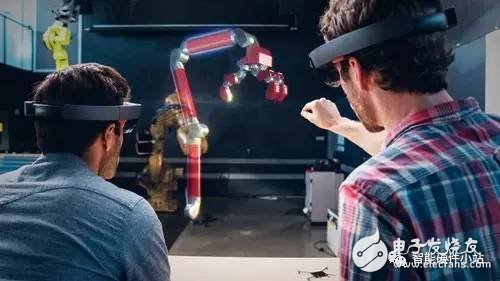
It can be said that this is a product that can make the Oculus Rift and HTC Vive eclipsed. Unlike the virtual scenes created by VR, Hololens is more successful in combining virtual reality with reality and achieving better interactivity. Users can easily identify virtual images in real-life scenes and give orders to them. As you can see from the previous release information, wearing Hololens, you can watch news, make phone calls, play games, and you can do a bit higher, such as assisted 3D modeling, etc. Currently it has been opened in 6 countries. For sale, as for the country, it may not be seen until the first half of next year, but the function is good, but the price is moving. The Hololens is worth $3,000 and is about RMB 20,000.
(3) Spectacles smart glasses
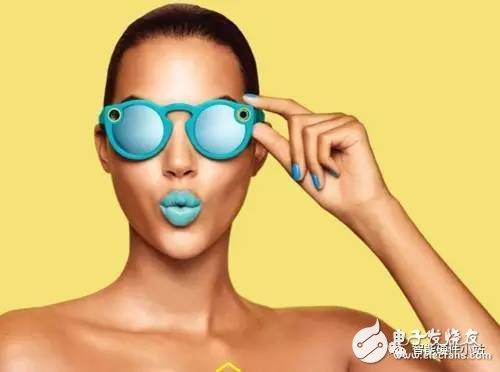
In September of this year, the US photo sharing service provider Snapchat released a camera-equipped sunglasses called Spectacles, which can take 10 seconds of short video and upload it to Snapchat. Compared to the famous Google glasses, it looks like a "selling goods", and the function is very simple, that is, users can record their lives anytime, anywhere, and then share them with others. Spectacles' built-in camera can be rotated 360 degrees. During the shooting process, if your phone launches the Snapchat app, the captured images can also be transferred to the Snapchat app via Bluetooth in real time.
Given the failure of Google Glass, it is clear that Snap learned a lesson when it comes to creating Spectacles glasses. Embarked on another path that is close to the people and interesting. Maybe it's not suitable for commercial or professional use, but the existing features are enough to make it popular with ordinary users. A similar product is Blincam, a smart eyeglass that takes photos in a blink of an eye.
(4) VISA smart payment ring
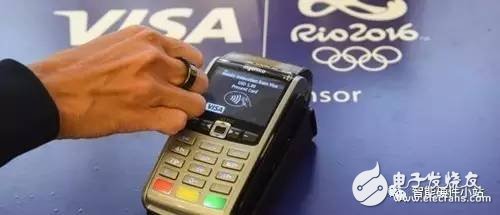
There has been a lot of black technology in this year's Rio Olympics, one of which is the first wearable payment ring launched by Visa, the exclusive payment provider for the Olympic and Paralympic Games.
The main function of this ring is to provide a unique payment experience. It uses McLear & Co.'s patented NFC Ring design, which includes a secure microchip with NFC antennas manufactured by Gemalto for non-contact payment. Unlike many other payment-enabled wearables, this ring doesn't require battery and charging, it's 50 meters deep, so even if you wear a ring to swim, there's no problem. It must be said that with the development of the payment industry from paper to digital, it also provides a broader development platform for smart wearable products.
(5) Apple Airpods
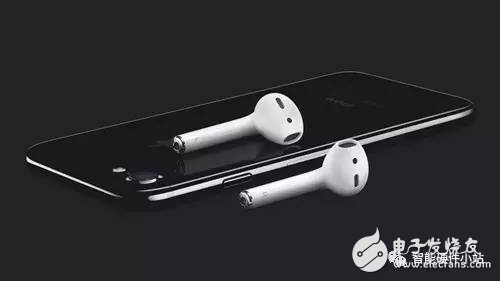
As the product expected by thousands of fruit powder, Apple's latest wireless Bluetooth headset - AirPods finally launched on the 21st of this month.
This wireless headset with a new W1 chip allows users to really say goodbye to wired headsets, just need to be close to the iPhone or iPad to complete the connection. And AirPods is also equipped with a distance sensor and accelerometer to sense whether the headset is in the ear. When AirPods is removed from the ear, the music is automatically paused. In addition, it can also support touch control, click on the side of the headset to achieve playback / pause operations, double-click can wake up Siri.
Compared to similar products, AirPods are more advanced and intelligent, both in terms of technology and experience. However, according to the dismantling evaluation of the disassembly website ifixit, AirPods seems unable to be repaired or recycled due to the special nature of the product.
Huawei Router Battery,Huawei Router Backup Battery,Huawei Wifi Router Battery,Huawei Router Battery Price
Shenzhen Sunwind Energy Tech Co.,Ltd , https://www.sunwindbatterylm.com